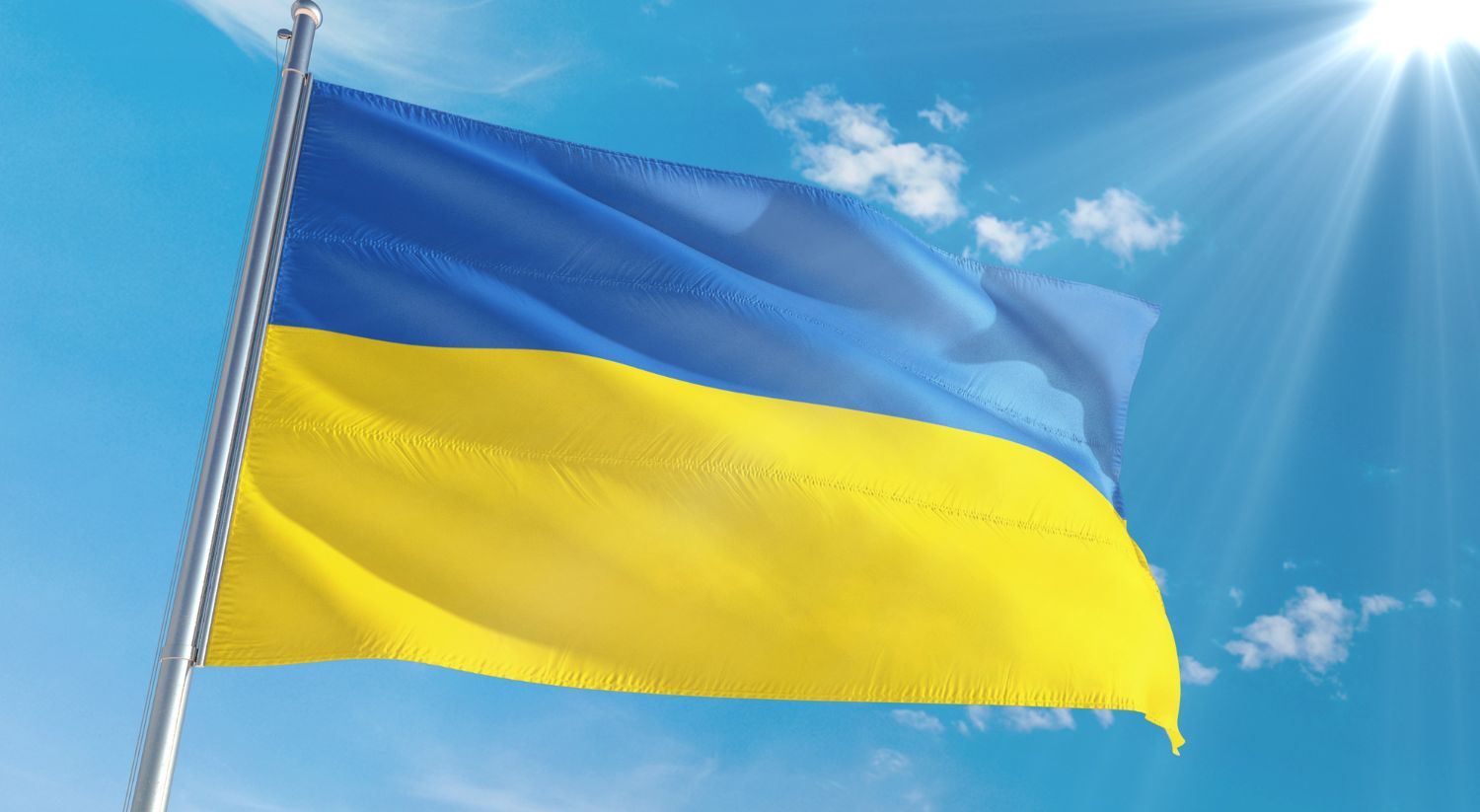
Nowadays, learning Ukrainian has gained special relevance for people around the world. Ukraine’s role on the global stage has highlighted the strategic importance of this great country and its resilient people. For this reason, many individuals have started learning Ukrainian as a way to connect more deeply with Ukraine. Additionally, the large Ukrainian diaspora spread across Europe and the world has sparked even greater interest in this fascinating language.
Today, we’ll explore one of the most prominent Slavic languages of Eastern Europe. You’ll learn about its historical origins and some of its most unique linguistic features. We’ll also cover a few key characteristics you should know before starting your Ukrainian learning journey.
This will be a fascinating introduction to a language filled with history, cultural richness, and an inspiring spirit of resilience. Get ready to dive into the Ukrainian language and discover more about this beautiful country and its heritage.
Origins and linguistic evolution of Ukrainian
If you’re interested in learning Ukrainian, understanding the origins and linguistic evolution of this language will give you deeper insight into its richness. Ukrainian is a language shaped by centuries of evolution and a complex, turbulent history. This background has given rise to unique linguistic features that make Ukrainian more than just a tool for communication—it is a deep reflection of the history, culture, and identity of the Ukrainian people.
Before diving into learning Ukrainian, it’s essential to explore the historical journey of the language. By learning how Ukrainian developed over the centuries, you’ll gain a better appreciation of the cultural heritage embedded in its words and structures.
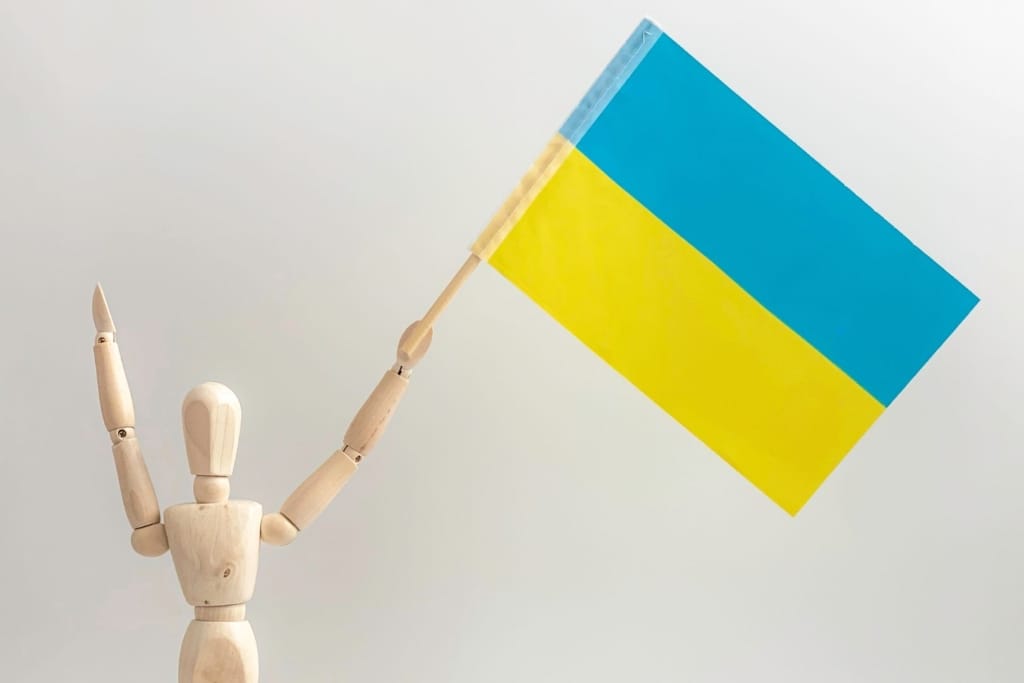
The origins of Ukrainian: Slavic roots and Old Church Slavonic
Ukrainian belongs to the East Slavic language family, along with Russian and Belarusian. Its roots go back to Old Slavonic, or more specifically, Old Church Slavonic, the liturgical and literary language of the first East Slavic state: Kievan Rus, which existed from the 9th to the 13th centuries. This medieval state was the common cradle of what later became Ukraine and Russia.
Old Church Slavonic laid the foundation for the East Slavic languages, including Ukrainian. After the fall of Kievan Rus, different regions developed independently, eventually forming distinct dialects that evolved into separate languages like Russian and Ukrainian. Ukrainian followed its own unique path, especially during the medieval period.
Medieval Ukrainian and Its early texts
The distinct development of Ukrainian language became more noticeable during the Middle Ages, particularly in the regions that make up modern Ukraine. During this time, the spoken language of the people began to diverge from Old Church Slavonic, incorporating local elements and vocabulary from neighboring cultures.
Early written examples of Ukrainian are rare and fragmented, but some popular literature and legal documents provide glimpses into its evolution. One of the most notable early works is the Peresopnytsia Gospels from the 16th century—one of the first manuscripts in an East Slavic language close to modern Ukrainian.
External influences and linguistic evolution in the Renaissance and Early Modern Period
In the 16th and 17th centuries, Ukraine experienced intense cultural and political influence, especially under the Polish-Lithuanian Commonwealth and later the Russian Empire.
This period saw significant linguistic interaction. Ukrainian absorbed vocabulary and structures from neighboring languages—most notably Polish and Russian. Latin and other European languages also enriched the Ukrainian lexicon. However, these influences created challenges in defining and standardizing the language.
Despite these complexities, writers and poets began using Ukrainian in literature and religious texts. Over time, the language solidified its role as a national language across Ukrainian territories.
The 19th Century: The birth of modern literary Ukrainian
The 19th century was a turning point for Ukrainian. This era marked the emergence of a standardized literary language. Cultural figures like Taras Shevchenko played a critical role in promoting Ukrainian as a language of culture, national pride, and resistance—especially against policies of linguistic assimilation.
During this period, the first grammars, dictionaries, and literary publications in Ukrainian appeared. These foundations helped standardize and spread the language, both within Ukraine and across the diaspora.
The 20th Century: Struggles and revival
The 20th century brought numerous challenges to the Ukrainian language due to the region’s turbulent political history. Under Soviet rule, Ukrainian was often marginalized in favor of Russian, especially in government and education.
However, thanks to the efforts of intellectuals and activists, Ukrainian survived and adapted to new social and technological contexts. Following Ukraine’s independence in 1991, the language regained its rightful place as a symbol of national identity and the country’s official language.
The role of Ukrainian in today’s world
Ukrainian is playing an increasingly important role on the global stage. Learning this language not only opens professional and cultural doors but also enriches you personally. To do this effectively, it’s essential to master the Cyrillic alphabet, build your vocabulary, study grammar with patience, and practice pronunciation. Engaging with native speakers and using digital learning resources will help you make steady progress.
Cyrillic Alphabet with unique variants and external influences
Ukrainian uses the Cyrillic alphabet but features letters not found in Russian. For example, the letter ґ (hard “g”) and ї (i with diaeresis) are distinctively Ukrainian. These adaptations represent sounds that don’t exist in other Slavic languages.
For Ukrainian learners, recognizing and mastering these letters is crucial, especially for correct reading and writing.
The Ukrainian vocabulary is a fascinating mosaic, reflecting the country’s rich history and geographic location. While the language is primarily Slavic, it also contains significant loanwords from:
- Polish, especially in cultural and administrative terms,
- German, due to historical Germanic communities,
- Tatar and Turkish, particularly in agricultural and rural contexts.
This diversity enriches the language and allows you to discover cultural connections as you expand your vocabulary.
Vowel system and musicality
Ukrainian is renowned for its musical quality. This is partly due to its vowel system, which includes both soft and clear sounds. Open and closed vowels combined with soft consonants create a melodic, harmonious rhythm that sets Ukrainian apart from other Slavic languages. Learning to pronounce these sounds correctly will help you appreciate the language’s unique flow and musicality.
Diminutives: A world of expressiveness
A particularly charming feature of Ukrainian is its frequent use of diminutives. These don’t just convey size but also affection, warmth, or informality. For example, the word книга (knyha, book) becomes книжечка (knyzhechka), meaning something like “little book” or “beloved book.”
Diminutives enrich everyday conversation and are widely used not only in casual speech but also in music, literature, and media. Understanding them will help you grasp the emotional nuance in Ukrainian communication.
The importance of intonation and stress
Ukrainian features free and variable stress, meaning that the placement of stress can change a word’s meaning. Intonation also plays a key role in expressing emotions and distinguishing between questions, statements, or commands. Paying attention to stress and intonation is essential to sound natural and avoid misunderstandings.
Verbs of motion and prefixes
Another interesting linguistic feature is Ukrainian’s use of motion verbs with specific prefixes. These verbs express direction, manner, and aspect of movement. For example, different verbs indicate whether the movement is one-time or habitual, or whether it emphasizes going somewhere or coming back. Though complex, this system reflects the language’s precision and depth.
Historical influence on language development
Throughout its history, Ukrainian has absorbed influences from different rulers and cultures, from Kievan Rus to the Polish-Lithuanian Commonwealth and the Soviet era. These influences shaped not only the vocabulary but also the grammar and phonetics, making Ukrainian a living, dynamic, and evolving language.
The role of literature and poetry
Ukrainian has a rich literary heritage that has helped shape its modern form. Writers like Taras Shevchenko not only produced iconic literary works but also championed the Ukrainian language as a symbol of culture and resistance. Literature remains deeply tied to Ukrainian identity and linguistic evolution.
A language of growing geopolitical and cultural importance
Ukrainian is the official language of Ukraine, a country that today holds a strategic position in Europe, both politically and culturally. With over 40 million native speakers, it’s one of the Slavic languages with the highest global projection—especially given recent world events that have amplified interest in Ukrainian culture and society.
The Ukrainian diaspora keeps the language alive across the globe. Countries such as Canada, the United States, Argentina, and several European nations are home to vibrant Ukrainian communities.
Why learning Ukrainian matters today
The global visibility of Ukraine has boosted demand for Ukrainian speakers—not only for diplomacy and business but also for cultural and social exchange. By learning Ukrainian, you’ll be able to:
- Connect with a culture rich in literature, music, and traditions,
- Open doors to professional opportunities in translation, international trade, or global cooperation,
- Participate in educational programs and cultural exchanges,
- Communicate with warm, friendly people who value kindness, joy, and community spirit.
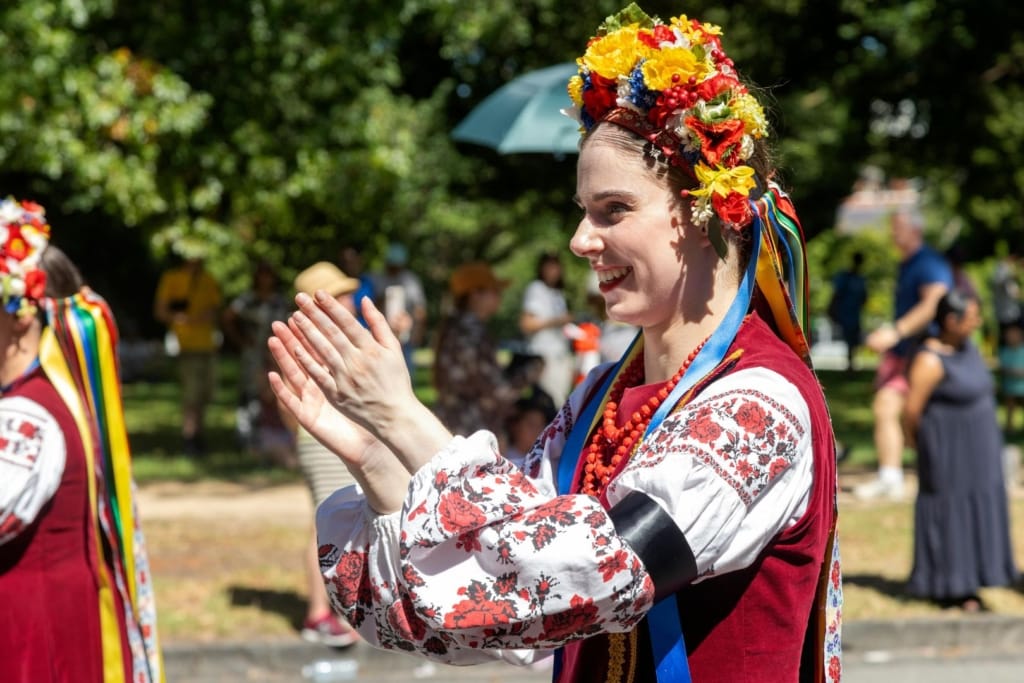
How to learn Ukrainian effectively: Practical steps and tips
Mastering any language requires dedication, but with the right strategy, the process becomes easier and more motivating. Here are some essential tips to help you learn Ukrainian successfully:
Get familiar with the Ukrainian Cyrillic Alphabet
The first step in learning Ukrainian is understanding its writing system. Although it uses the Cyrillic alphabet, Ukrainian has some unique characters that you’ll need to master to read and write correctly. Take the time to learn each letter, its pronunciation, and how letters combine to form words.
Using AI-powered text translation tools, you can effortlessly translate to and from Cyrillic. Even better, you won’t need to manually transcribe text—thanks to the camera translator, you can scan and translate instantly. Just use your smartphone’s camera in a simple and intuitive way. This allows you to translate texts, images, documents, and even handwritten notes on the go.
Learn basic vocabulary and everyday expressions
Once you’ve mastered the alphabet, start learning essential words and phrases for everyday conversations. This will help you build confidence and start practicing with native speakers.
With tools like Talkao Translate, this process is fast, simple, and highly accurate. You’ll only need your smartphone—no complicated devices or technical expertise required.
In addition, Talkao’s real-time translation features will allow you to translate conversations and audio instantly, without delays and with maximum accuracy. Ukrainian can be translated into more than 125 languages in real time.
Even better, you’ll be able to translate streaming videos, live classes, and podcasts, giving you full access to Ukrainian-language content. This constant exposure to authentic speech will accelerate your learning.
On top of that, there are some key phrases and expressions that will help you quickly improve your Ukrainian level. Mastering these everyday sentences will allow you to engage in simple conversations and feel more confident from the start.
Common phrases in Ukrainian
Greetings and manners
| Greetings and farewells in Ukrainian | ||
|---|---|---|
| Category | Ukrainian | English |
| Greetings | Привіт (Pryvít) | Hi! (informal) |
| Доброго ранку (Dóbriho ránku) | Good morning (formal) | |
| Добрий день (Dóbriy den’) | Good afternoon (formal) | |
| Farewells | Па-па (Pa-pa) | Bye (informal) |
| До побачення (Do pobáchennia) | See you later (formal) | |
| На добраніч (Na dobránich) | Good night | |
| Basic manners | ||
|---|---|---|
| Category | Ukrainian | English |
| Thanks and please | Будь ласка (Bud’ lázka) | Please |
| Дякую (Dyákuju) | Thank you | |
| Apologizes | Вибачте (Výbachte) | I’m sorry |
| Пробачте (Probáchte) | Apologize | |
Dates and numbers
| Numbers in Ukrainian | ||
|---|---|---|
| Number | Ukrainian | Translation |
| 1 | один | odýn |
| 2 | два | dva |
| 3 | три | try |
| 4 | чотири | chotýry |
| 5 | п’ять | p’yat’ |
| 6 | шість | shíst’ |
| 7 | сім | sím |
| 8 | вісім | vísim |
| 9 | дев’ять | dev’yat’ |
| 10 | десять | désyat’ |
| Days of the week | ||
|---|---|---|
| Day | Ukrainian | Translation |
| Monday | Понеділок | Ponedyílok |
| Tuesday | Вівторок | Vívtorok |
| Wednesday | Середа | Seredá |
| Thusday | Четвер | Chetvér |
| Friday | П’ятниця | P’yátnytsya |
| Saturday | Субота | Subóta |
| Sunday | Неділя | Nedílya |
| Months | ||
|---|---|---|
| Month | Ukrainian | Translation |
| January | Січень | Síchen’ |
| February | Лютий | Ljúty |
| March | Березень | Bérezhen’ |
| April | Квітень | Kvýten’ |
| May | Травень | Tráven’ |
| June | Червень | Chérven’ |
| July | Липень | Lýpen’ |
| August | Серпень | Sérpen’ |
| September | Вересень | Véresen’ |
| October | Жовтень | Zhóvten’ |
| November | Листопад | Lýstopad |
| December | Грудень | Hrúden’ |
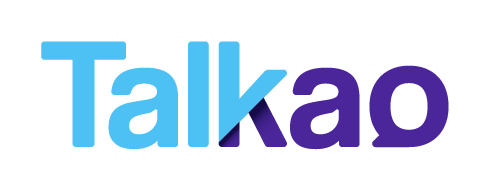


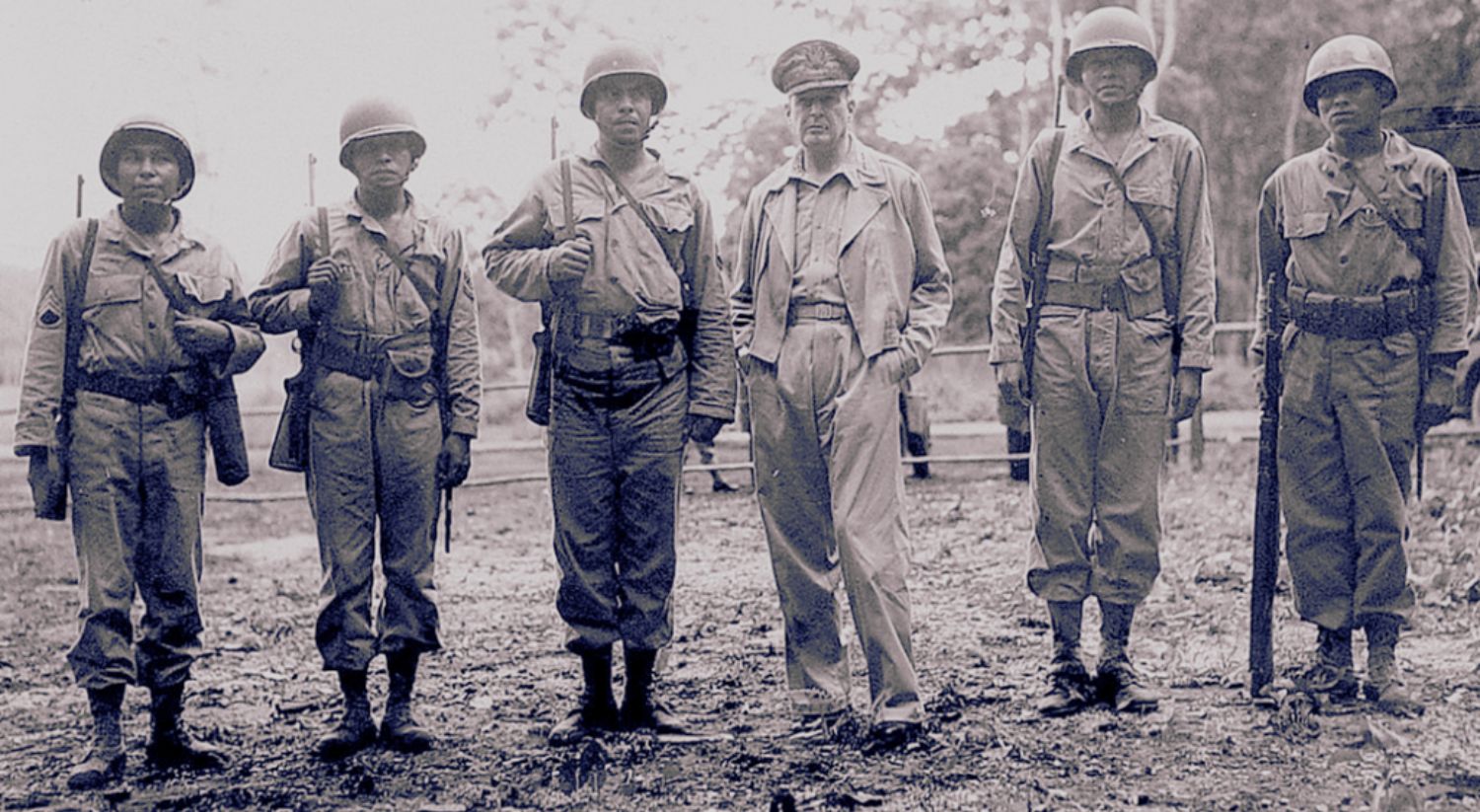

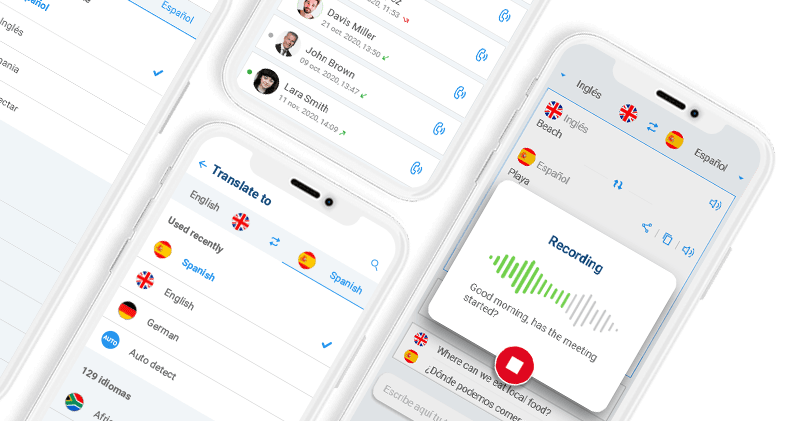



Newsletter